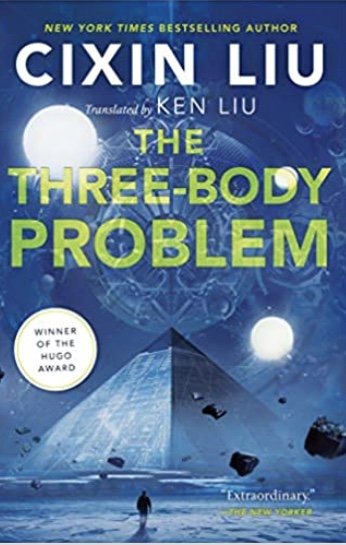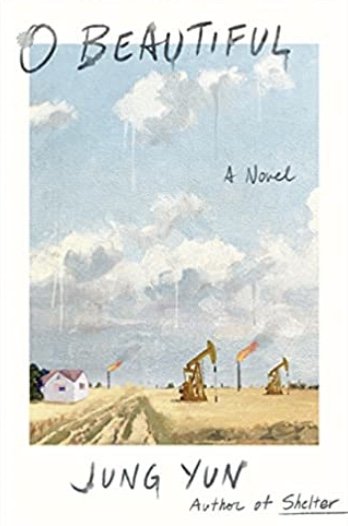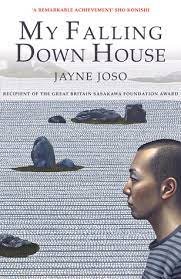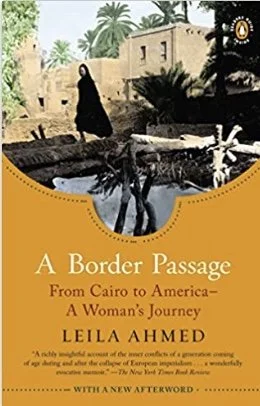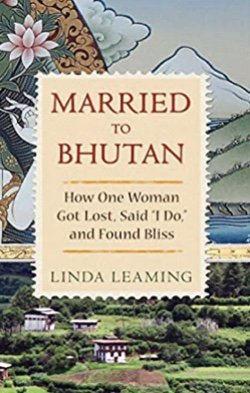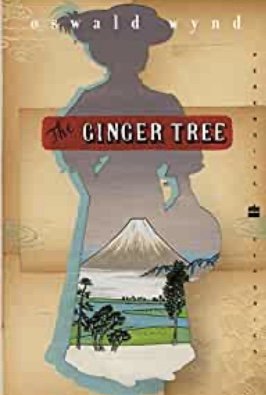The Weary Generations by Abdullah Hussein (Peter Owen)
The Weary Generations by Abdullah Hussein was first published in Urdu in 1963. The English edition, translated by the author, was published in 1999. It follows the story of two Muslim families living under the British Raj up until Partition in 1947 when British India was separated into two nations - Hindu India and Muslim Pakistan.
Mirza Mohammed Beg, had two children. The elder son is Niaz Beg. His second son is Ayaz Beg. Niaz took after his father and had a love for metalworks and started his own workshop building many things.
Ayaz had a love for books. He studied at a madrasa, a school for higher learning. He found that he did not like it and helped his brother in the workshop but got bored with village life and left. He taught himself to read English and became a mechanic. “He did not return home”.
A major incident occurred which prompted Ayaz to return to the village. His brother Niaz was arrested “on the charge of having committed a grossly illegal act”. Niaz was sentenced to twelve years in prison. The government didn’t stop there. They also confiscated most of his lands which were in the names of both brothers, leaving just enough land for Niaz Beg’s two wives to get by on.
Ayaz did not stay in the village. He came and took his brother’s son with to Calcutta. Although he was not formally educated, Ayaz rose to a good position as an engineer. He remained single throughout his life but felt he now had a purpose in life - to educate his nephew, Naim.
The main focus of the story centers on Naim and his relationship with those around him. He marries a woman whose father was a very prominent man who willingly works for the British. Azra, the woman, falls in love with Naim but her family does not approve of the relationship. After a long while, Azra’s father reluctantly gives his assent for the two to get married.
Naim was the son of a peasant who lived in a rural part of India. He marries Azra, the daughter of a rich landowner. Their relationship is strained from the start as Azra’s family was not supportive of the marriage, deeming themselves to be a higher caste of people. Their union reflects the relationship between the people of India and the rule of the British Crown.
Shortly after Naim gets married, he is drafted into the military and is sent to Europe and Africa where he is wounded and loses his left arm. After he returns home, he is treated as a hero and is awarded lands for his bravery. However, it is what he witnesses that makes him question the validity and the oppression of his people under British rule and becomes involved in politics opposing the Raj.
Naim’s marriage to Azra can be seen as a metaphor for the relationship between India and the British Empire as well. Naim is the underdog, the oppressed, he can be seen as the face of India while his wife Azra, who is from an upper caste represents the Raj. The class differences are hard to ignore.
What makes Naim’s life more complicated is the Partition of the British Raj in 1947 when the British Crown arbitrarily set a boundary separating the mostly Hindu province of Bengal and the mostly Muslim area of the Punjab, setting off a vast migration of Hindus and Sikhs to India and Muslims to the newly created country of Pakistan.
Hussein tells the story of Partition and the violence that followed in a way that creates a fear in the reader for Naim and his family. It is a story that opens the readers eyes to the dangers of colonialism and the arrogance of the British Empire. It’s a shame that the world still cannot live in harmony without conflict. We are supposed to learn the mistakes from history but as the old adage goes, “History tends to repeat itself”. ~Ernie Hoyt



